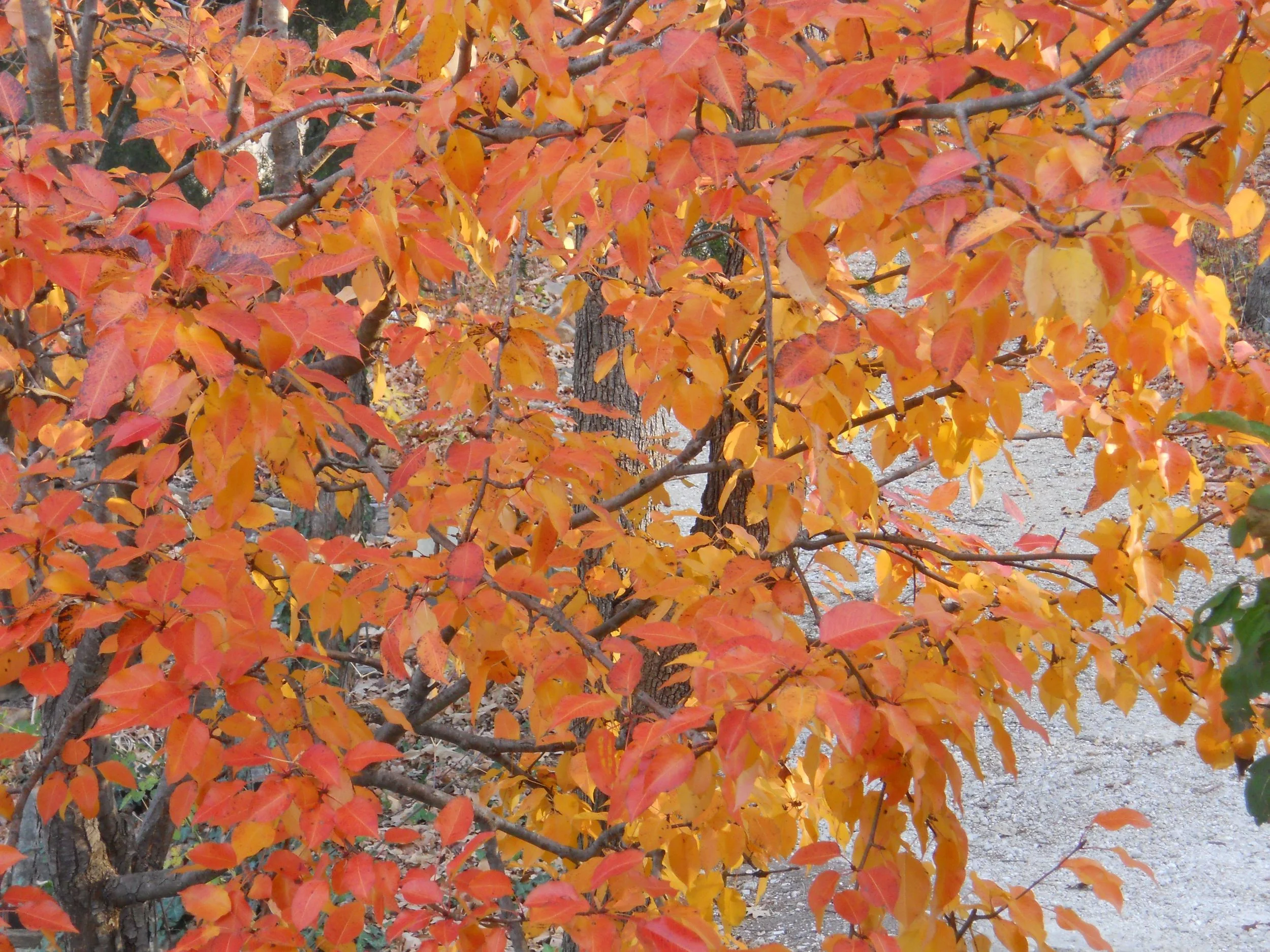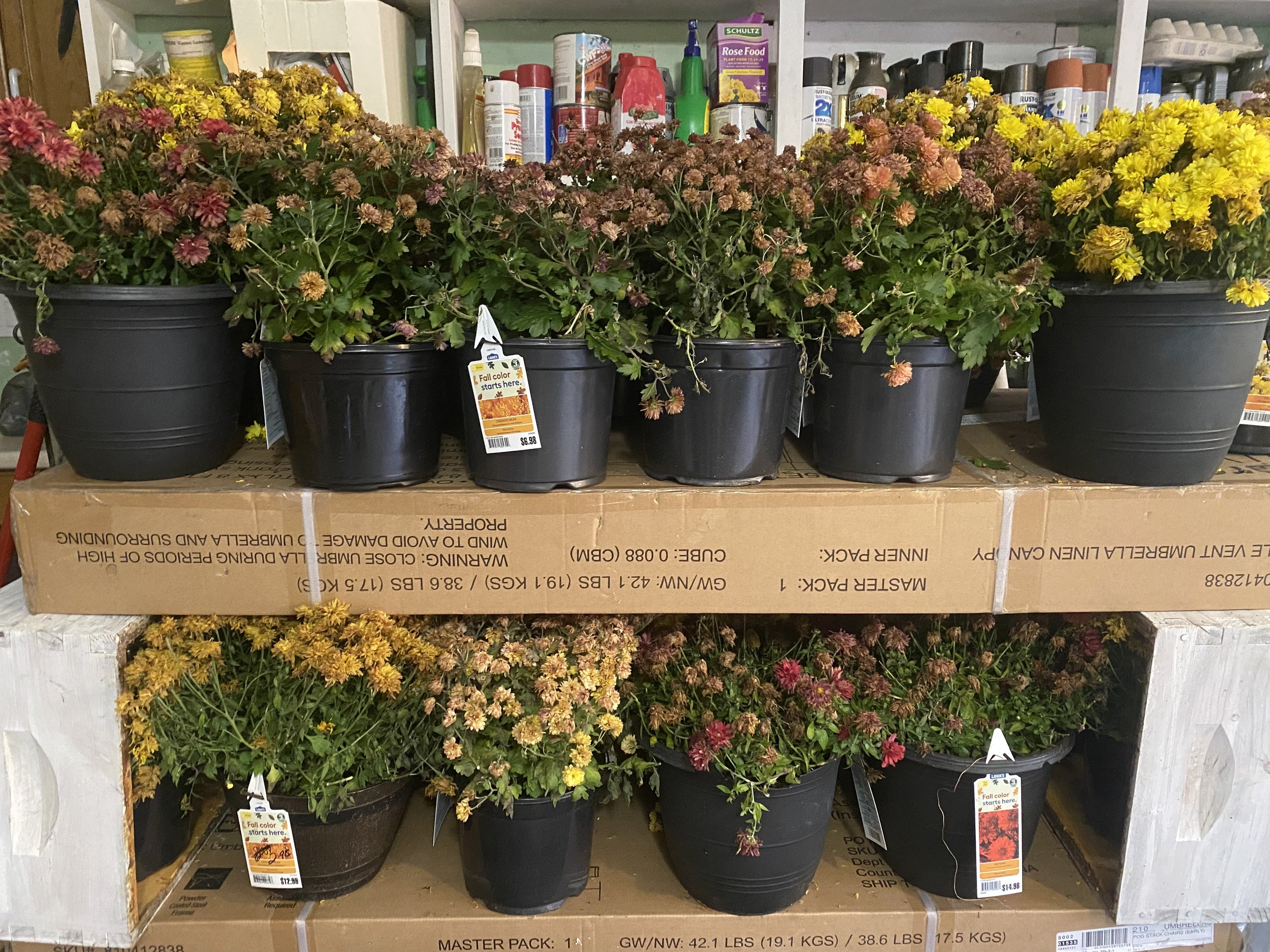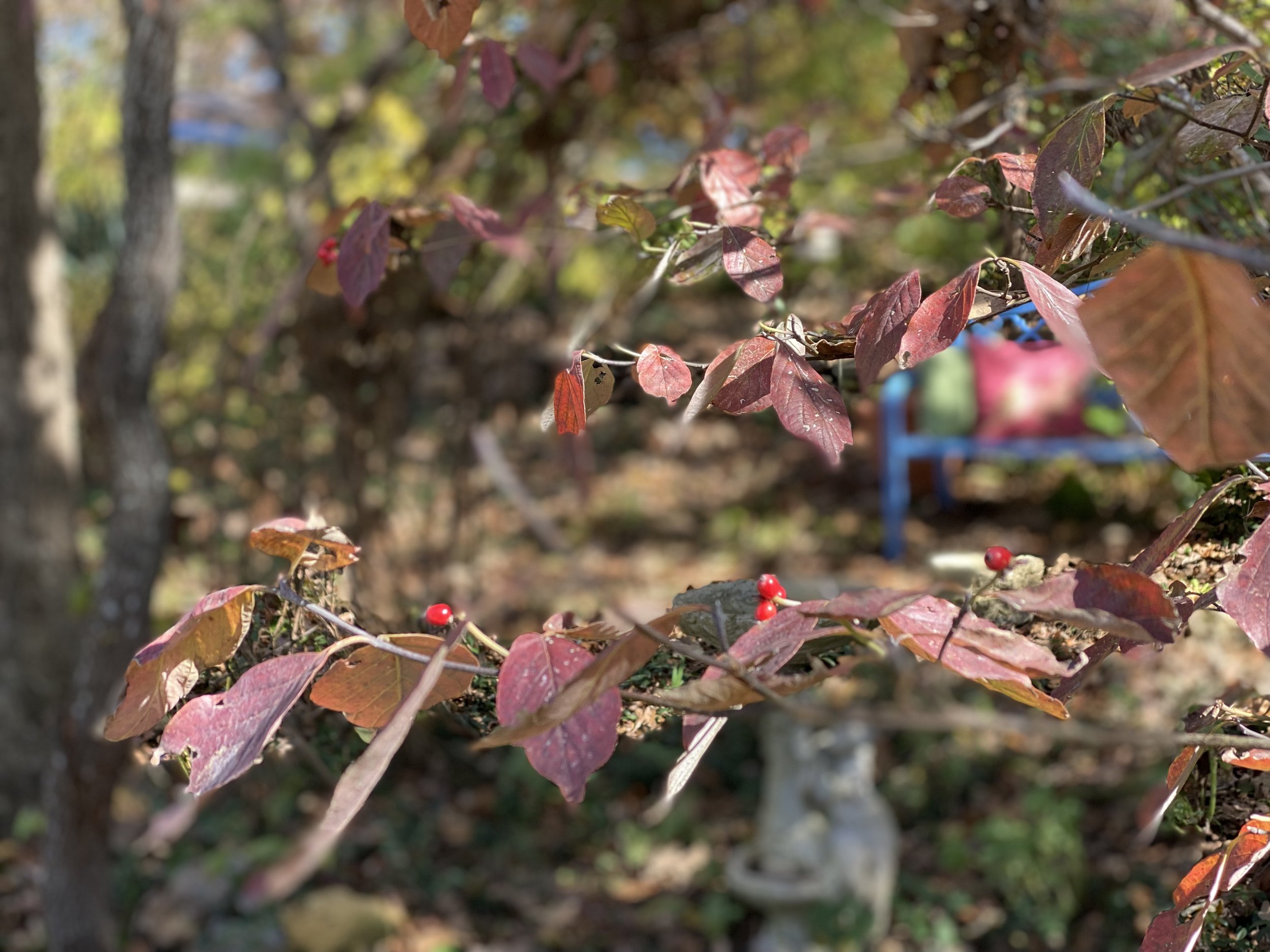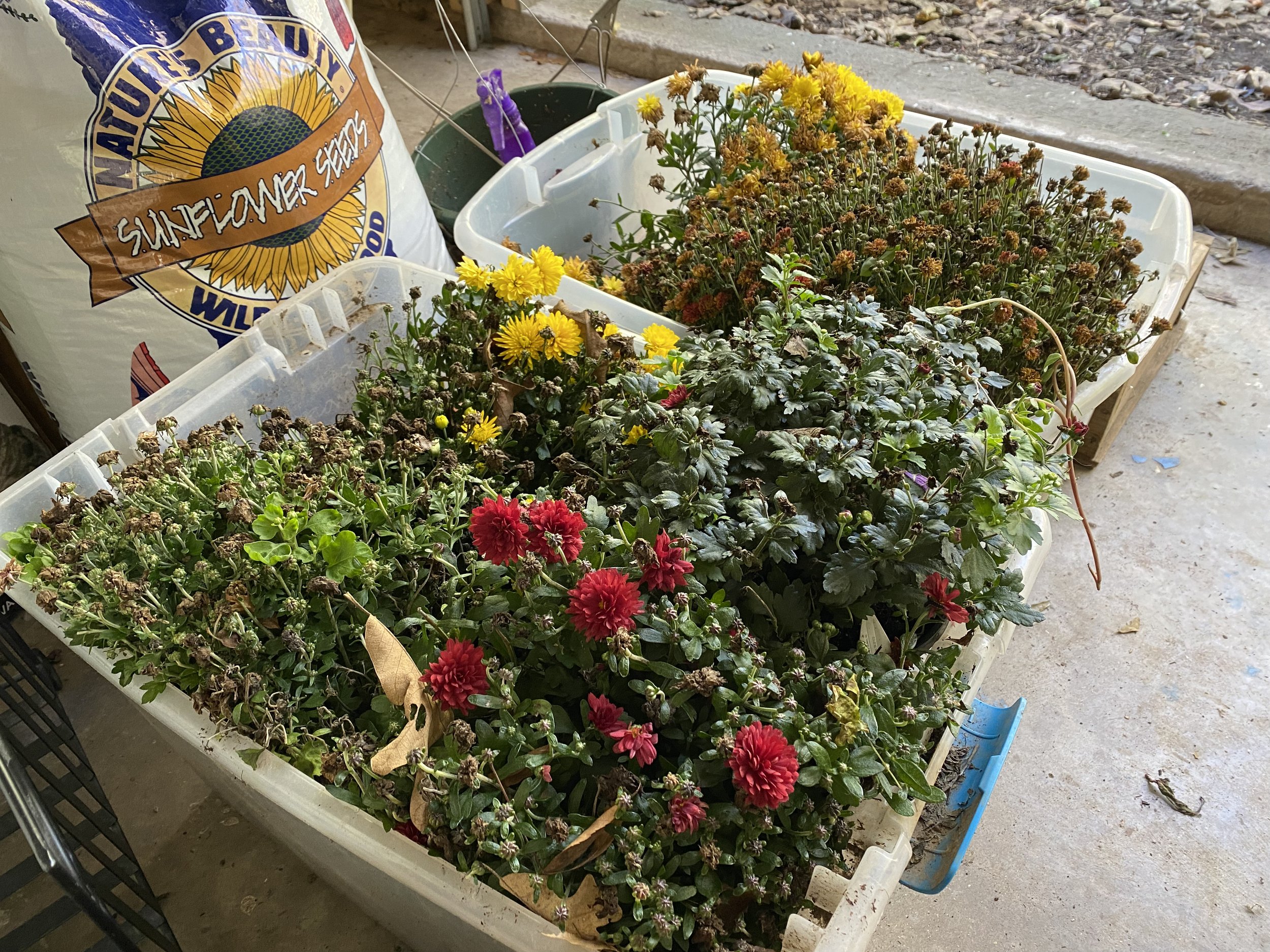November Gardening Jobs
/wintering over mums inside my garage this year. (charlotte ekker wiggins photo)
November Gardening Jobs
This year I am going to winter hardy mums in my garage. I love these long-lasting cut flowers that are a natural bug deterrent. They do well on my shallow soil profile but are usually only available in the fall. I will be planting them this spring in the garden to give them a longer growing season. I garden in USDA Hardiness Zone 5.
As long as the ground is not frozen, fall is an excellent time to plant trees, bushes, perennials and bulbs.
Now that all of my tropical plants are settled inside, I am still moving potted plants around to give them optimum light conditions. With my house heat on, plants are adjusting to the warm conditions by dropping leaves.
Tree leaves have also been busy, from changing color to making their way onto flower beds. I like to use mowed over leaves for a layer of mulch that decomposes into soil over the next few years. I will be adding wood chips from our local recycling center after the first hard frost. The combination will create a plantable bed by next spring.
Missouri’s native tree flowering dogwood leaves turn purple in fall. (Charlotte Ekker Wiggins Photo)
Plants continue to need moisture; an inch a week is a good measure, especially for woody plants, such as azaleas and evergreens. When watering, check for damaged branches and remove. Once winter ice moves in, the ice will cause more damage than necessary on those weak and damaged limbs. I take pruners with me so I can also trim out suckers and branches that are too long, especially along where I regularly walk. No point in putting that off until later when the ground is covered in ice and snow.
If you haven’t done so already, this is a good time to empty most of your composters. Most likely candidates to get the new rich soil amendment include asparagus and strawberry beds. I also added compost to my deck pots to get them ready for my next crops. I still have red onions growing so I may scatter some lettuce and spinach seeds.
Still need to mound my rose crowns with 6 inches of soil or so before the first frost. I have mounds of mulch already piled nearby to scatter on the plants after I add a layer of leaf mulch for extra insulation.
My purple coneflowers bloomed well this year so I have trimmed a few seed heads to plant in my nursery bed next year. The rest I leave for winter bird food.
Have grass to mow? You should be on the downside of the mowing season. Make the last cut when you see grass has stopped growing. Let clippings lie where they’ve been cut to restore Nitrogen to the soil. Have fun mowing over the leaves to shred and move them to flower beds.
Don’t forget to stop and enjoy the fall colors. Trees, shrubs and some perennials take on a different color in fall, changing gardens into new, sometimes surprising color palettes. Take note of something you like and plant more next year.
If you’ve enjoyed daffodils and tulips earlier this year, this is the time to get bulbs planted. There is a variety of other spring bulbs to plant now including lilies and hyacinths. Check your local home and garden center for the varieties best for your area, and shop late season discounts.
















